What kind of coffee beans should I use for espresso? What are the factors that affect the taste characteristics of ESPRESSO?
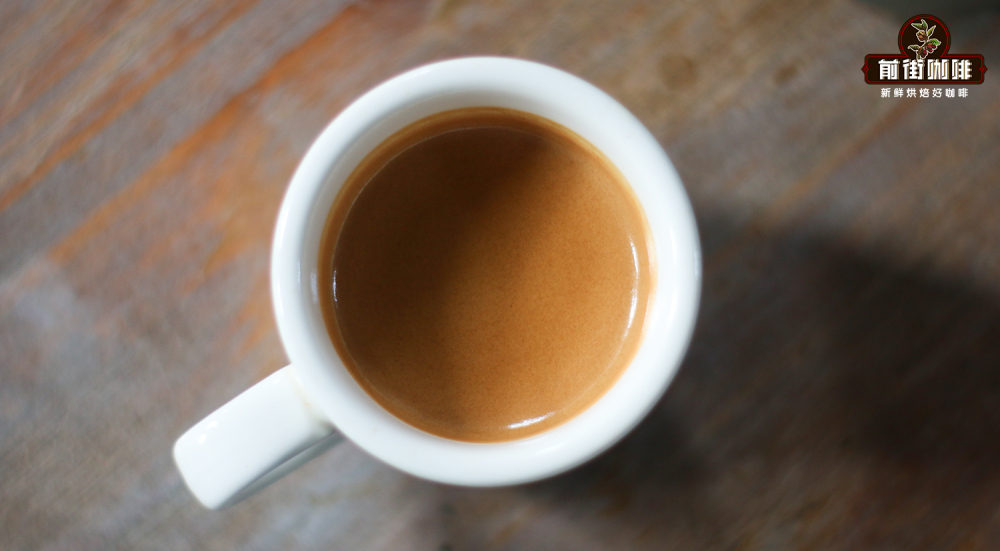
Espresso (Espresso) is a coffee drink with a strong taste, which is made by using hot water at about 92 degrees Celsius and 9bar under high pressure to grind it into a very fine coffee powder to extract the coffee liquid. Many guests are at a loss when buying coffee beans and don't know how to choose. Let's discuss how to choose coffee beans in front of the street coffee. Baking degree of Italian coffee beans: from this point of view, whether it is individual coffee beans or blended coffee beans, we should first pay attention to the degree of roasting. Espresso is not suitable for lightly roasted coffee. Light-roasted coffee retains more acid and less fat, and if used as espresso, it will be a cup of acrid and thin coffee. For example, many individual coffee beans on the market that specialize in hand-brewed coffee are actually not suitable for Italian coffee.
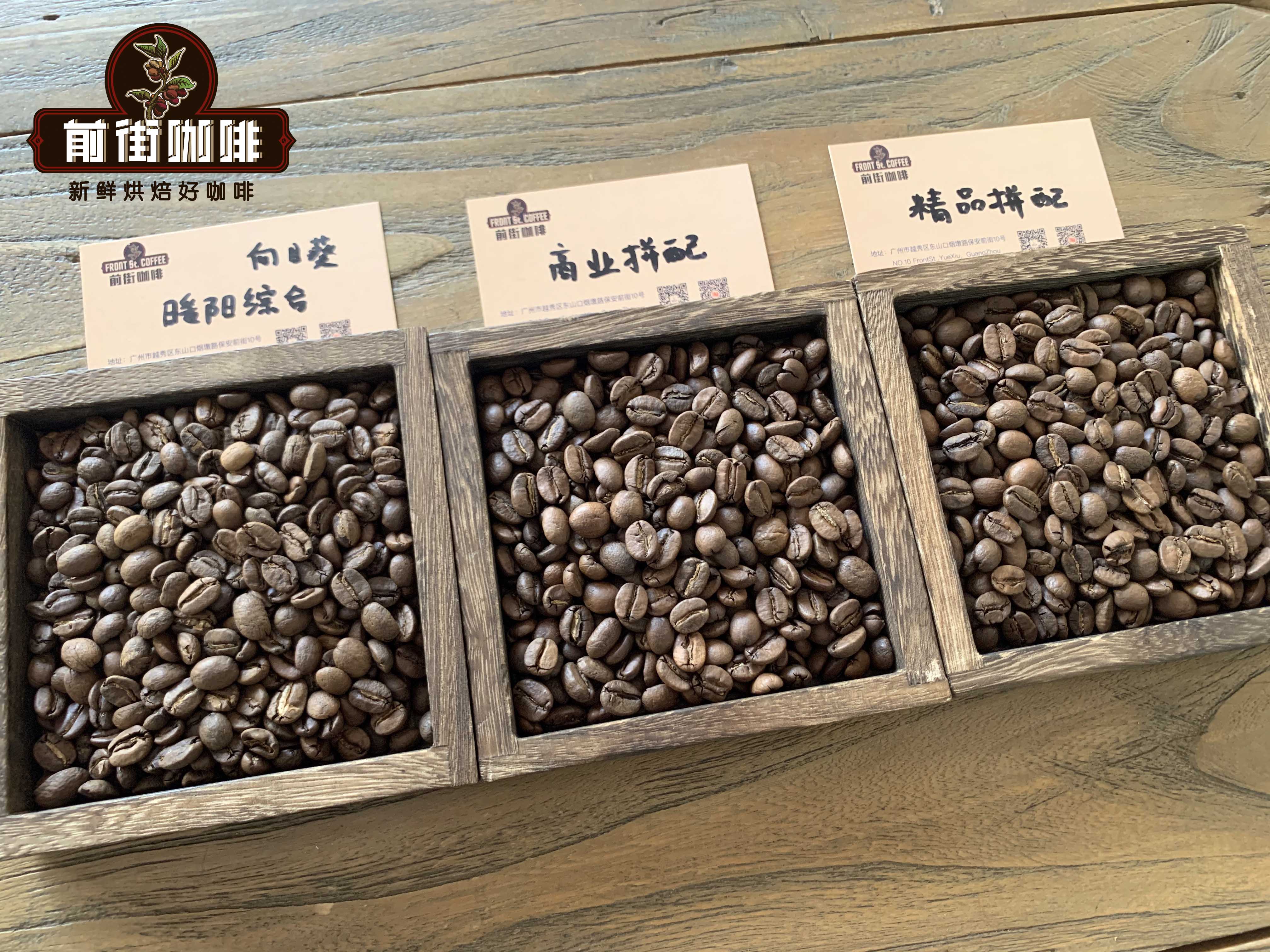
When making a general purchase, please see clearly the baking degree of the coffee beans or whether it is suitable for the Italian coffee machine. Blended Coffee and SOE Coffee: the full name of SOE is "Single Origin Espresso", translated into single-origin espresso. This concept exists as opposed to the blending of espresso. Although SOE stands for single-origin espresso, it is not necessarily equal to high-quality coffee. If you select single-origin coffee beans with easy to identify and strong flavor as SOE, you can produce a typical espresso with unique flavor. At the same time, the characteristic of "single producing area" is also a factor of disadvantage. If you choose coffee beans with insufficient flavor intensity or unpleasant taste, they will also be magnified in espresso, making it easier to drink defects and bad taste, so the requirements for baristas' senses and SOE bean selection need to be more stringent.
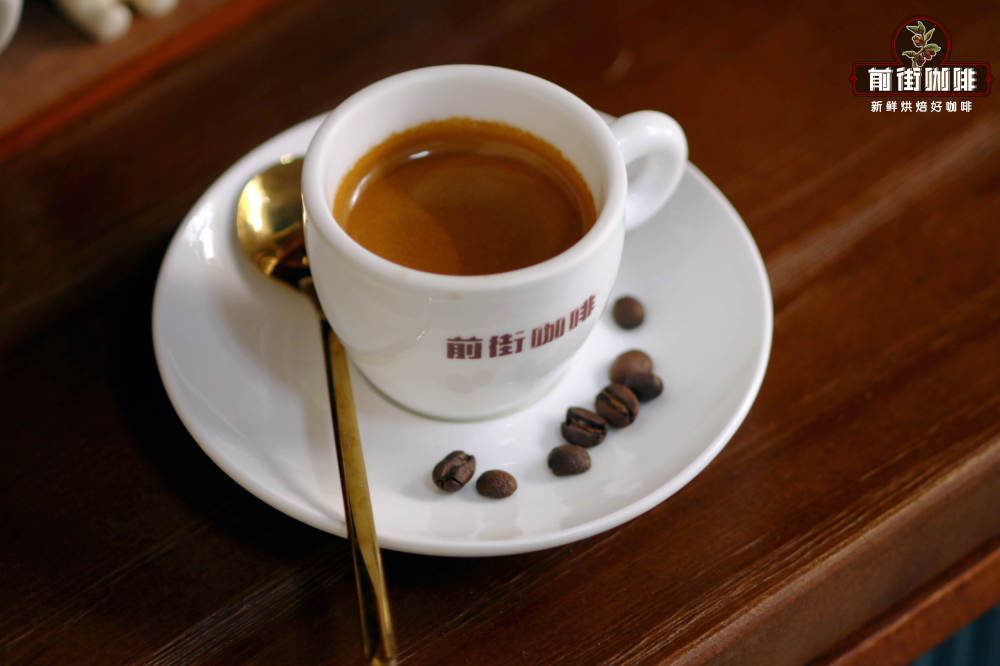
Blended coffee: blended coffee, also known as mixed coffee, is to mix a variety of individual coffee beans together, so as to give full play to the strengths of various individual coffee beans, blended beans from different areas of coffee beans mixed to make a more balanced taste.
Coffee is a kind of crop, so even if it is the same kind of coffee bean, its flavor will be different from year to year, so mixing several kinds of coffee beans can solve this problem very well. when a coffee bean in the mix falls short of expectations or is in short supply in the new season, it can be adjusted by replacing coffee beans with similar flavor. The advantage of blended coffee is that it can make use of the flavor characteristics of different producing areas to complement each other and form a stable flavor, and it will also have an obvious advantage in price. Qianjie Italian coffee bean blending scheme according to different types of coffee, the Italian coffee beans will have different characteristics in taste and flavor. 1. Italian coffee bean formula characterized by economy: Brazilian red bourbon beans (70%) and Yunnan small-grain coffee beans (30%). This Italian coffee bean is cost-effective. The front street uses Brazilian and Yunnan Arabica beans to ensure that the extracted espresso has the classic nutty creamy aroma and dark chocolate flavor. Suitable for personal daily rations consumption or low-cost coffee beans.
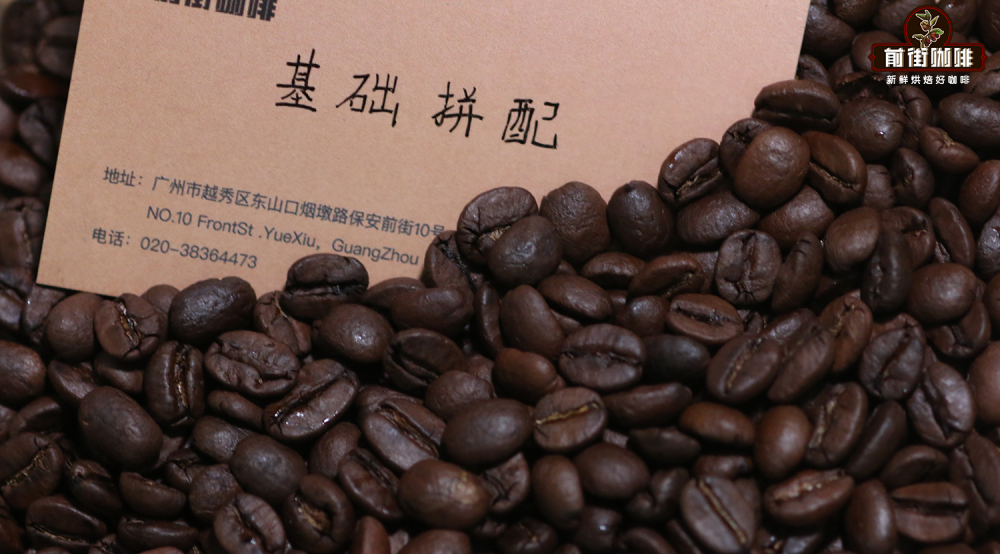
2. Italian coffee bean formula characterized by strong aroma and rich oil: Colombia (30%), Brazil (60%), Robusta (10%). Qianjie takes into account the diversity of the audience, in order to produce strong-flavored mixed beans, it is necessary to choose strong-flavored coffee beans, such as Colombian coffee beans with strong nut chocolate flavor, Brazilian coffee beans with soft bitterness, and Robusta coffee beans with rich oil and mellow taste. The coffee beans made in this way have a bitter taste and are deeply loved by coffee lovers.
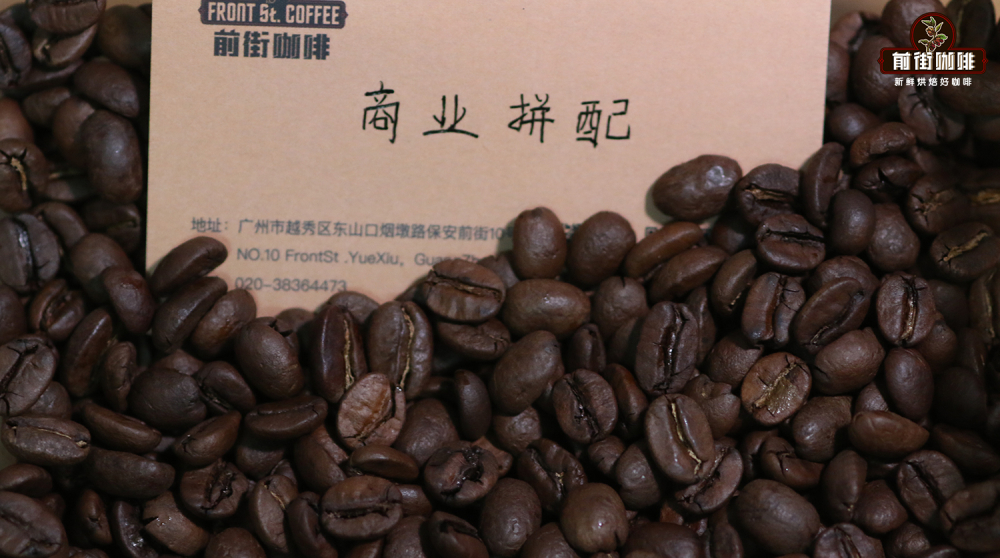
3. High-quality classic Italian coffee bean formula: Brazil (70%), Colombia (30%). The traditional classic espresso flavor is the rich nut chocolate flavor. Qianjie takes this classic flavor as the flavor goal of this blending formula. If you want to have an excellent flavor, you must choose high-quality Arabica coffee beans. The front street is made of Brazilian and Colombian Arabica coffee beans. The balance of Brazilian coffee beans, the mellow flavors of nuts and Colombian coffee beans give this mixed bean a good performance. The priority of blending is both stability and flavor, the espresso bean oil is rich and delicate, mellow taste and nut main notes with slightly sour flavor, suitable for some boutique coffee beans. 4. The Italian coffee bean formula with the characteristic flavor of boutique coffee: Honduras Shirley (70%), Yega Sherfield red cherry (30%). The Italian coffee bean in Qianjie is named Sunflower Sunshine. As the name suggests, the flavor of this Italian coffee bean is as comfortable as the warm sun, and the taste is eye-catching. With fermented Honduran sherry coffee beans and red cherry coffee beans with sour taste, a comprehensive coffee with rich aroma can be prepared.

Like the extraction parameters of hand-brewed coffee, Italian espresso pays more attention to the extraction parameters. The following will explain the amount of coffee powder, the ratio of powder to liquid, extraction time, flow rate, extraction pressure and extraction temperature. The amount of coffee powder is determined by the capacity of the powder bowl. for example, some coffee machine manufacturers will provide several specifications for double powder bowls, such as 16g, 18g, 20g, 22g and so on, but these specifications are the recommended capacity. the maximum error of filling powder is ±1g. For example, the reasonable amount of powder in a powder bowl of 18g can be 17-19g. Qianjie does not recommend much less or more powder than the size of the powder bowl. The amount of powder will affect the density of pressed powder, in the same intensity of filling, too little powder will be relatively sparse, resulting in fast flow rate, and then insufficient extraction, otherwise, the density is denser, the flow rate is slower and even difficult to extract coffee liquid.
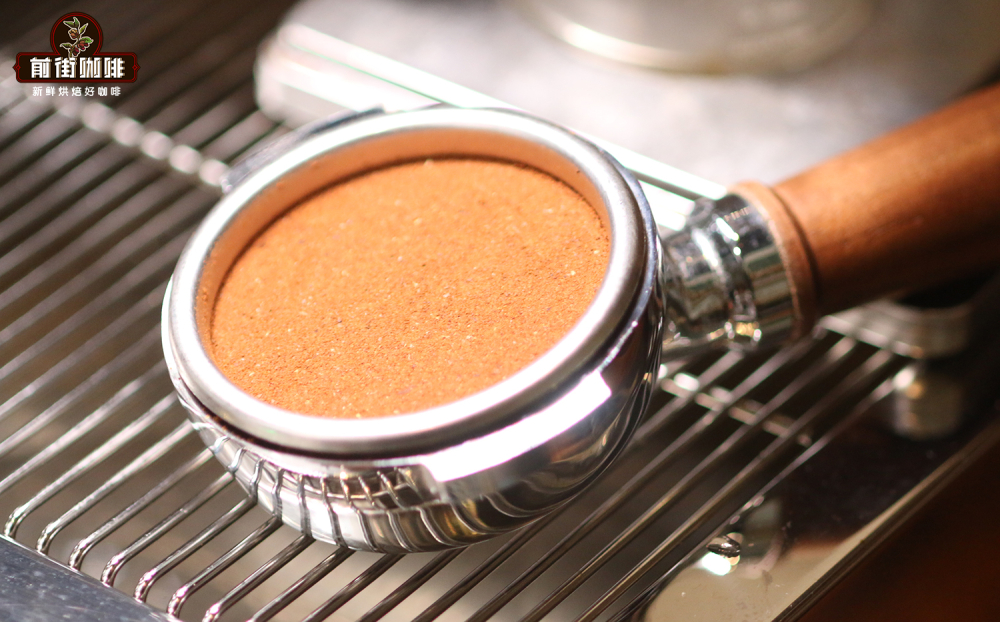
Powder to liquid ratio espresso uses the ratio of coffee powder to espresso, because you can't figure out how much water is used to extract, and of course, new types of coffee have the opportunity to install a swivel meter on the inlet to show the amount of water. The initial extraction ratio is the single powder concentration standard, 7-8 g powder extraction of 25-30ml espresso. The former is a unit of weight and the latter is a unit of capacity (volume). When the density is the same, the two are equal to each other, but we all know that the extracted espresso contains golden oil. the thickness of this layer of oil depends on the roasting degree and freshness of the coffee, so using this method of measurement will cause instability in the product. All appeared the ratio of powder weight to liquid weight. It is common to use a proportion of 1:2, such as 20g coffee powder to extract 40g coffee liquid. The proportion is affected by two factors, one is the amount of powder, the other is the amount of water, too low proportion will make the coffee very rich and heavy, easy to have the bitter taste caused by excessive extraction. On the contrary, if the proportion is too high, it will be dull and dull, as well as the acidity caused by insufficient extraction.
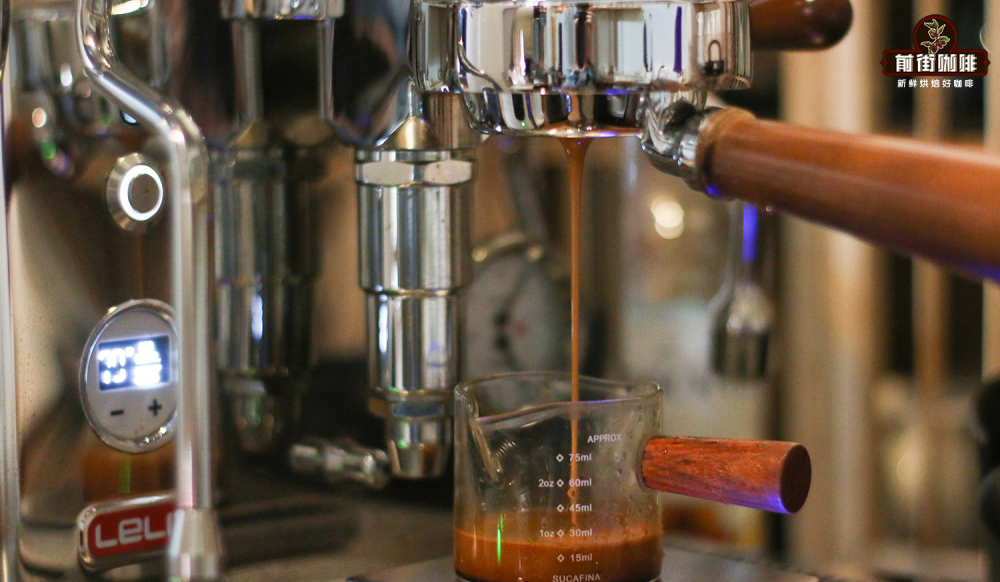
The extraction time refers to the whole extraction time from the beginning to the end of the extraction by buckling the handle and pressing the extraction key. One of the factors that affect the extraction time is the degree of grinding and the other is the ratio. The proportion is relatively easy to understand, the proportion is high, and the more water needed for extraction, the longer the time will naturally be. The degree of grinding affects the thickness of coffee powder, and the thickness will directly affect the density of coffee pressed powder. The finer the coffee powder is, the denser the pressed powder is, the more difficult the water is to pass, and the time will be lengthened and it will easily lead to over-extraction. Generally speaking, the extraction time of an espresso is about 20-30 seconds. The flow rate is the velocity of the coffee liquid, and the final goal of our extraction parameters is actually the result of a flow rate. Like normal espresso, you need to start dripping the first drop of coffee about the fifth second after pressing the extraction button, and the subsequent flow rate is relatively uniform. The speed of flow rate will directly reflect the question of whether the grinding degree and proportion are appropriate or not. If it takes more than 10 seconds (except pre-soaking) to produce the first drop of coffee, it is possible that the powder is too fine or the pressure is too dense. If the flow rate is too fast or jet phenomenon, it is too coarse powder, or the emergence of channel effect.
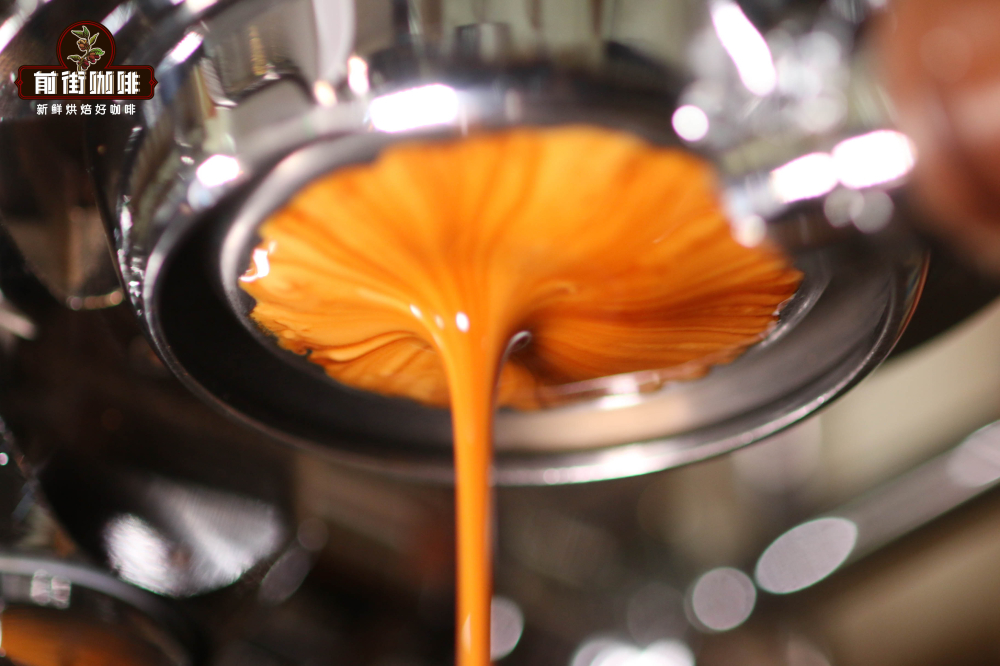
Extraction pressure generally speaking, the extraction pressure of the semi-automatic coffee machine is about 9bar, which is determined by the performance of the coffee machine. Now some coffee machines have the function of variable pressure extraction. The extraction efficiency is low at low pressure and high at high pressure.
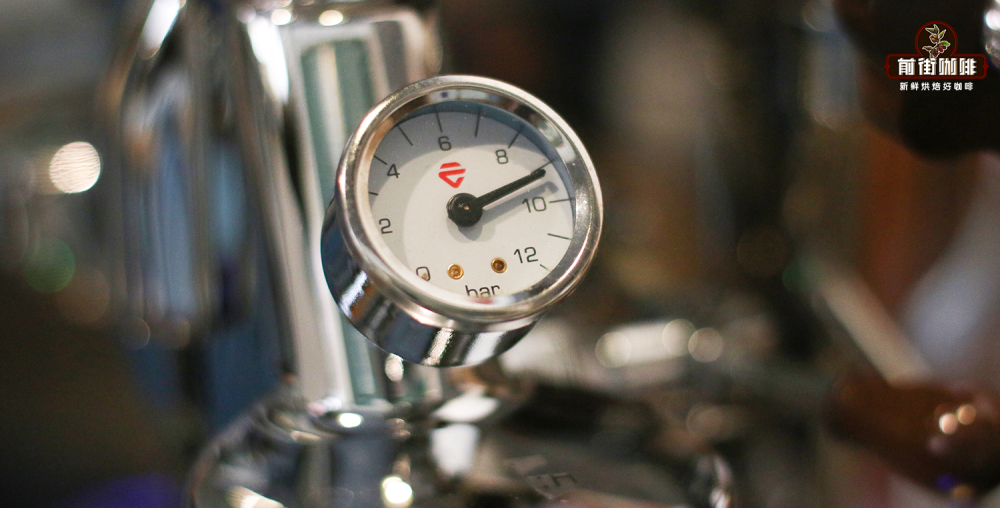
Extraction temperature extraction Italian espresso water temperature is generally between 90 and 94 degrees Celsius, too high water temperature is easy to over-extraction, coffee taste is easy to bitter, water temperature is too low easy to lack of extraction, resulting in coffee taste acidity.
Professional coffee knowledge exchange more coffee bean information please follow the coffee workshop (Wechat official account cafe_style)
For more boutique coffee beans, please add private Qianjie coffee on Wechat. WeChat account: kaixinguoguo0925
Important Notice :
前街咖啡 FrontStreet Coffee has moved to new addredd:
FrontStreet Coffee Address: 315,Donghua East Road,GuangZhou
Tel:020 38364473
- Prev
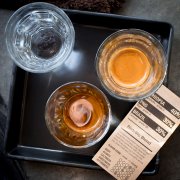
Espresso is not complicated to adjust the espresso formula is actually very simple!
Communication of professional baristas Please follow the coffee workshop (official Wechat account cafe_style) to adjust the espresso formula is something that every barista must do before going to work every day. By constantly tasting the coffee and adjusting the grinding degree and moisture ratio of the coffee, the truly satisfactory coffee can be obtained. Adjusting the espresso formula is actually very simple! Coffee making
- Next
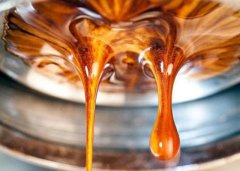
What is espresso Espresso the essence of Italian coffee
The exchange of professional baristas please pay attention to the coffee workshop (Wechat official account cafe_style) espresso espresso is the essence of espresso. His practice originated in Italy, which means very fast in Italian, and is characterized by the use of steam pressure to extract the coffee liquid instantly. All milk coffee or fancy coffee is made on the basis of Espresso
Related
- Beginners will see the "Coffee pull flower" guide!
- What is the difference between ice blog purified milk and ordinary milk coffee?
- Why is the Philippines the largest producer of crops in Liberia?
- For coffee extraction, should the fine powder be retained?
- How does extracted espresso fill pressed powder? How much strength does it take to press the powder?
- How to make jasmine cold extract coffee? Is the jasmine + latte good?
- Will this little toy really make the coffee taste better? How does Lily Drip affect coffee extraction?
- Will the action of slapping the filter cup also affect coffee extraction?
- What's the difference between powder-to-water ratio and powder-to-liquid ratio?
- What is the Ethiopian local species? What does it have to do with Heirloom native species?

